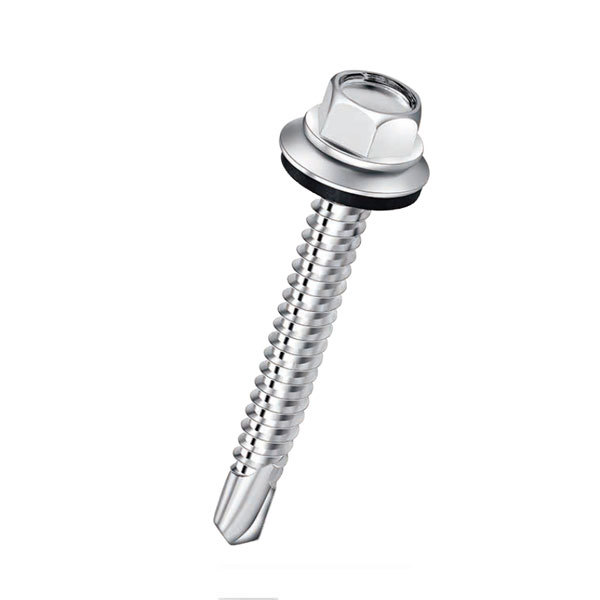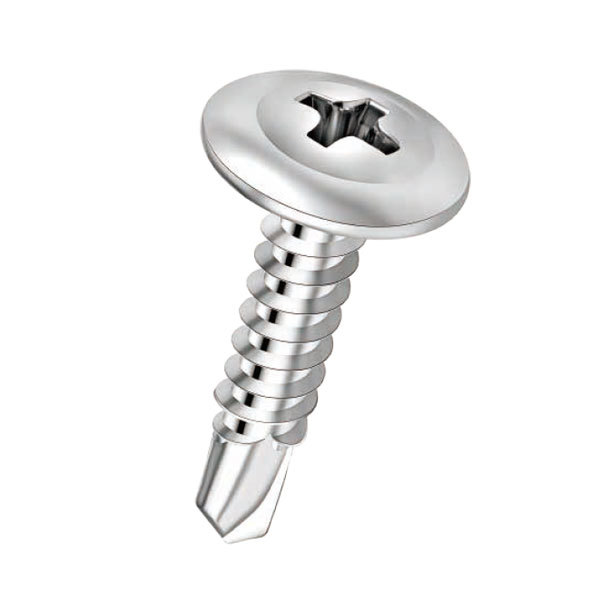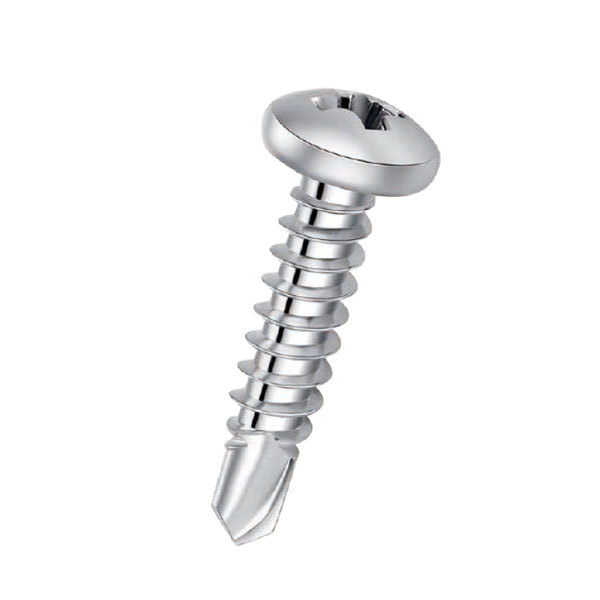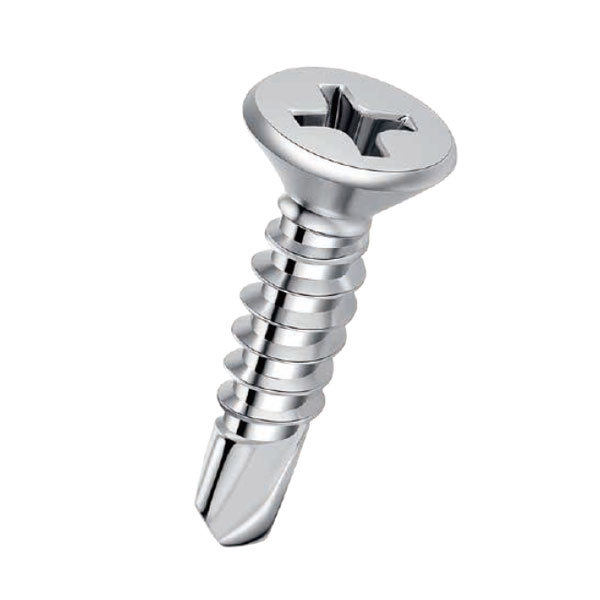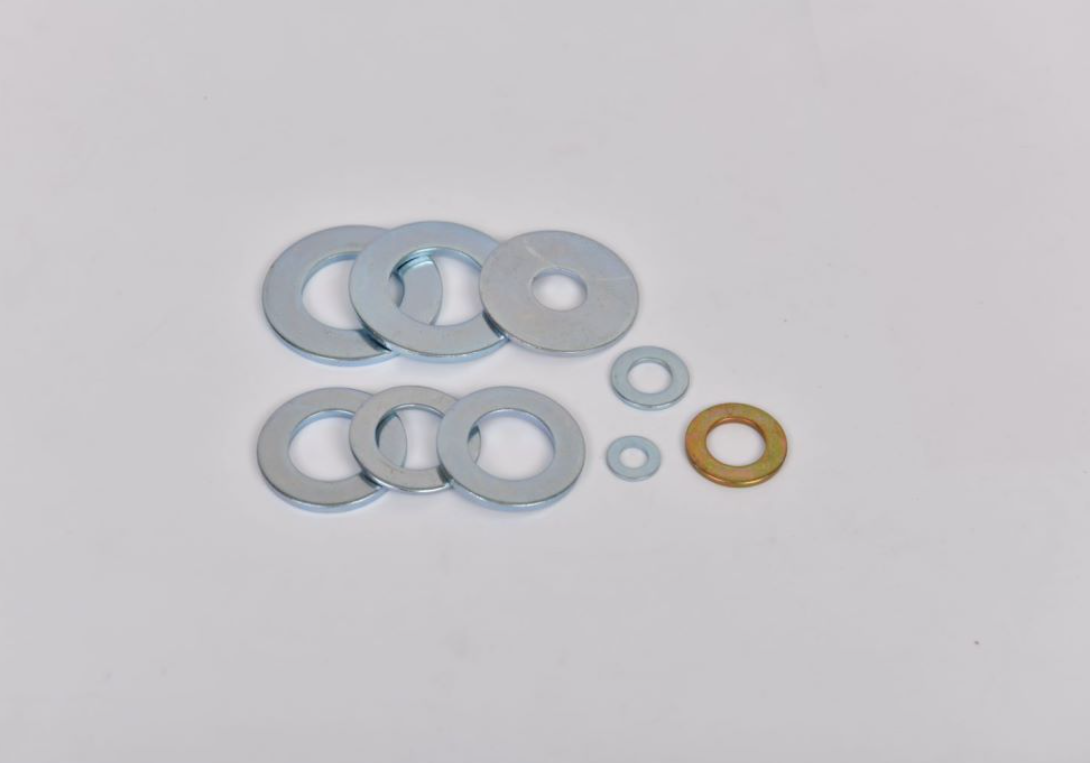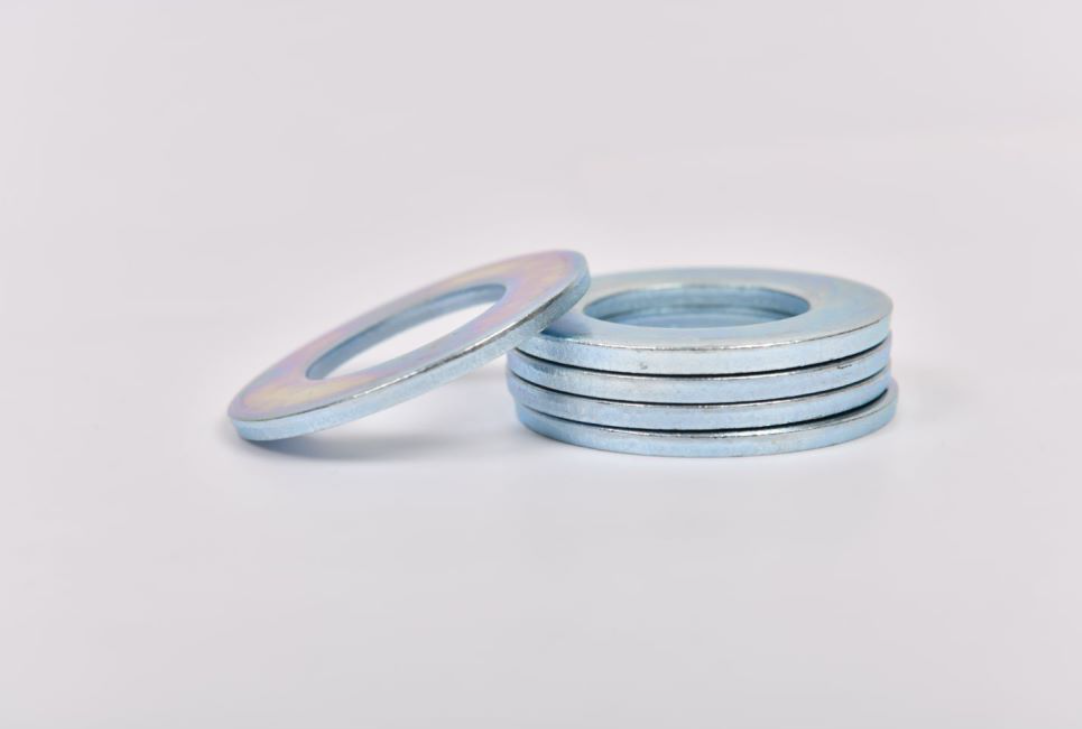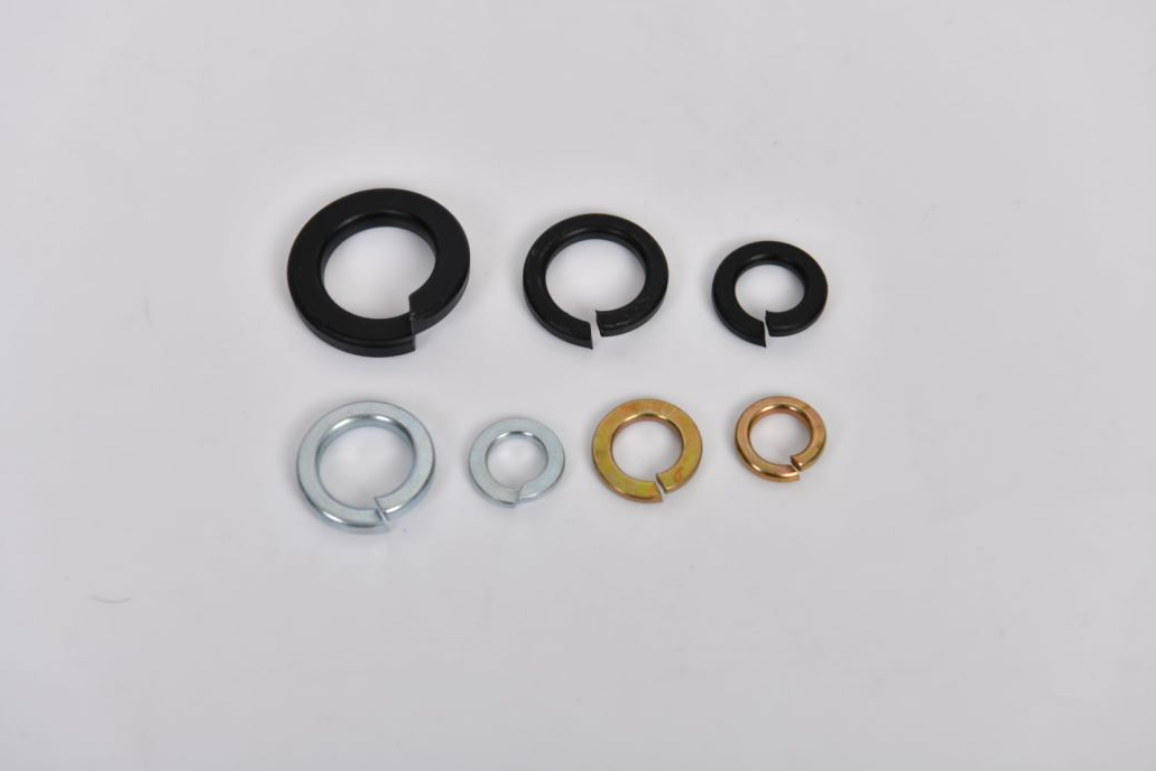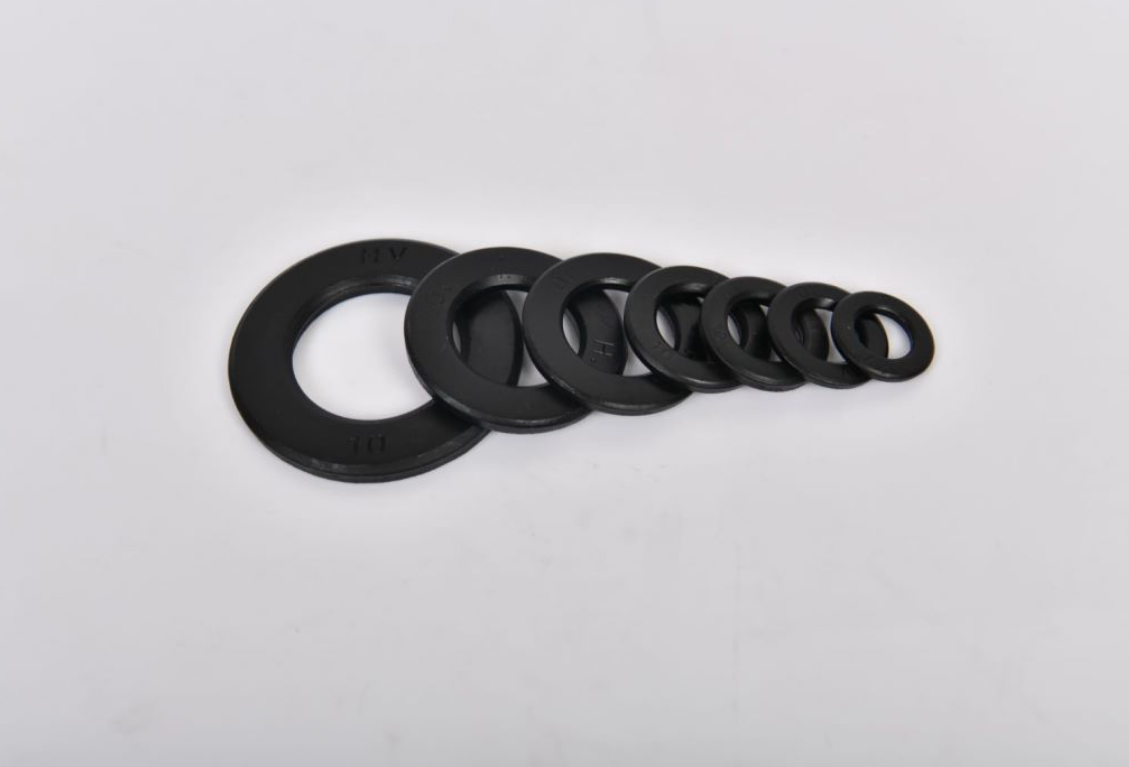Wood Screws Compared to Self-Tapping Screws from Various Manufacturers
When it comes to choosing the right fasteners for your woodworking or construction projects, understanding the differences between wood screws and self-tapping screws is crucial. Each type of screw is designed for specific applications, and knowing their unique characteristics can help you make an informed decision.
Wood Screws Wood screws are specifically designed for fastening wooden materials. They typically have a sharp, tapered point that allows them to penetrate wood easily. The threads of wood screws extend along a significant portion of the shank, providing excellent grip in the wood, which is essential for holding materials together securely. The design often includes a flat or round head, allowing for a smooth finish when driven into the surface.
One of the primary advantages of wood screws is their ability to create a strong hold in wood without the need for pre-drilling in many cases, thanks to their sharp point and aggressive threads. However, for hardwoods, pre-drilling may still be necessary to prevent splitting. Wood screws are available in various lengths and thicknesses, making them suitable for a wide variety of woodworking applications, from furniture assembly to cabinetry.
Self-Tapping Screws On the other hand, self-tapping screws are versatile fasteners primarily used for metals, plastics, and sometimes wood with the right conditions. What sets them apart is the unique design of their threading, which allows the screw to create its own hole as it is driven into the material. The point of a self-tapping screw is often less sharp than that of a wood screw, as it is designed to cut through materials rather than penetrate them.
wood screw vs self tapping screw manufacturers

Self-tapping screws come in various grades and materials, making them suitable for different environments, including outdoor and corrosive settings
. They are particularly popular in scenarios where metal parts are being joined, such as in HVAC installations, automotive manufacturing, and metalworks.Choosing the Right Screw Choosing between wood screws and self-tapping screws ultimately depends on the materials you are working with and the specific requirements of your project. For woodworking applications, wood screws are generally the preferred choice due to their design and the strong hold they provide in wood. However, if you are working with metal or need a screw that can cut its own path, self-tapping screws are the appropriate option.
In conclusion, understanding the distinctions between wood screws and self-tapping screws is essential for any DIY enthusiast or professional carpenter. Each has its unique benefits and ideal applications, so selecting the right type will ensure a successful and durable outcome in any project. Always consider the material, strength requirements, and the environment in which the screws will be used when making your decision.
-
Top Choices for Plasterboard FixingNewsDec.26,2024
-
The Versatility of Specialty WashersNewsDec.26,2024
-
Secure Your ProjectsNewsDec.26,2024
-
Essential Screws for Chipboard Flooring ProjectsNewsDec.26,2024
-
Choosing the Right Drywall ScrewsNewsDec.26,2024
-
Black Phosphate Screws for Superior PerformanceNewsDec.26,2024
-
The Versatile Choice of Nylon Flat Washers for Your NeedsNewsDec.18,2024


